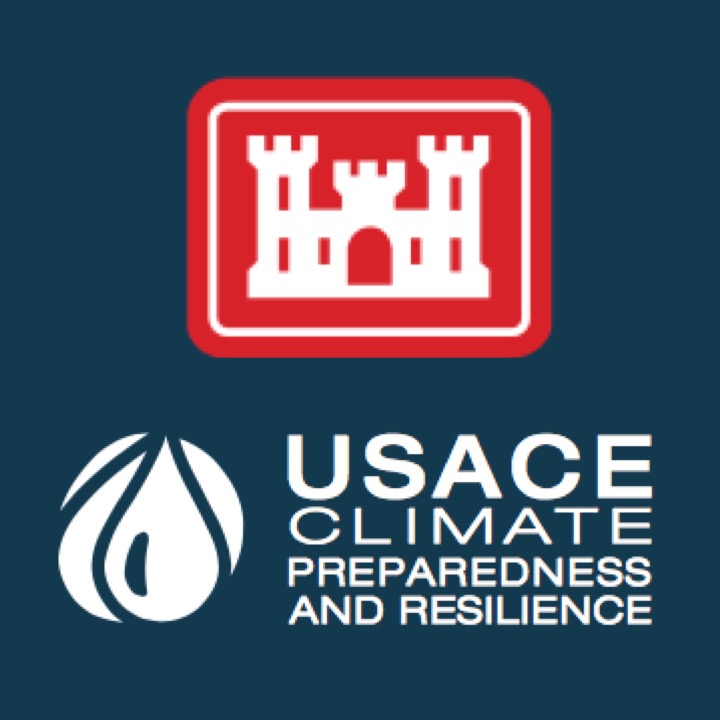CAMELS: Catchment Attributes for Large-Sample Studies
This dataset extends the Large-Sample Hydrometeorological Dataset introduced by Newman et al. 2015 (link below) by characterizing a wide range of attributes for the same 671 catchments in the contiguous USA. The attributes include topographic characteristics, climate indices, hydrological signatures, as well as soil and vegetation attributes.
Click HERE to learn more.
Download at: https://ral.ucar.edu/solutions/products/camels
Described in: Addor et al., HESS, 2017
CAMELS: Large-Sample Hydrometeorological Dataset
This dataset includes basin scale hydrometeorological forcing data for 671 basins in the U.S. Geological Survey's Hydro-Climatic Data Network using retrospective model forcings from three different datasets: Daymet (1980-2014), NLDAS (1980-2014), and Maurer et al. (1980-2008).
Click HERE to learn more.
Download at: https://ral.ucar.edu/solutions/products/camels
Described in: Newman et al., HESS, 2015
Gridded Ensemble Precipitation and Temperature over the Contiguous U.S.
Dataset is a gridded, one-eighth degree resolution, observation-based 100-member ensemble of precipitation and temperature at a daily increment for the period 1980-2012, described in Newman et al. [2015]. This allows for the estimation of precipitation and temperature uncertainty in hydrologic modeling and data assimilation through the use of the ensemble variance. Statistical verification of the ensemble indicates that it has generally good reliability and discrimination of events of various magnitudes, but has a slight wet bias for high threshold events (> 50 mm). The ensemble mean is similar to another widely used hydrometeorological dataset but with some important differences. The ensemble product produces more realistic occurrence of precipitation statistics (wet day fraction), which impacts the empirical derivation of other fields used in land-surface and hydrologic modeling. Elevation lapse rates for temperature are derived directly from the observations, resulting in higher winter temperatures at high elevations in the intermountain western US.
Download at: http://dx.doi.org/10.5065/D6TH8JR2
Described in: Newman et al., JHM, 2015
Downscaled CMIP3 and CMIP5 Climate and Hydrology Projections
The CMIP3 ensemble, released in 2011, was based on 112 climate projections downscaled to 1/8° latitude-longitude across the contiguous U.S. using the Bias-Correction and Spatial Disaggregation (BCSD) technique. These downscaled climate projections were then translated into hydrologic projections over only the Western U.S.. The CMIP5 ensemble are also downscaled using BCSD and then translated into hydrology using similar, yet updated, methods that were expanded to include the full contiguous U.S.. Even though there was 231 BCSD5 climate projections, hydrologic modeling practicalities limited the scope to a subset of 97 projections representing 31 CMIP5 climate models and 4 greenhouse gas emissions scenarios.
Download at: http://gdo-dcp.ucllnl.org/downscaled_cmip_projections
Described in: Brekke, et al., Reclamation Report, 2014




